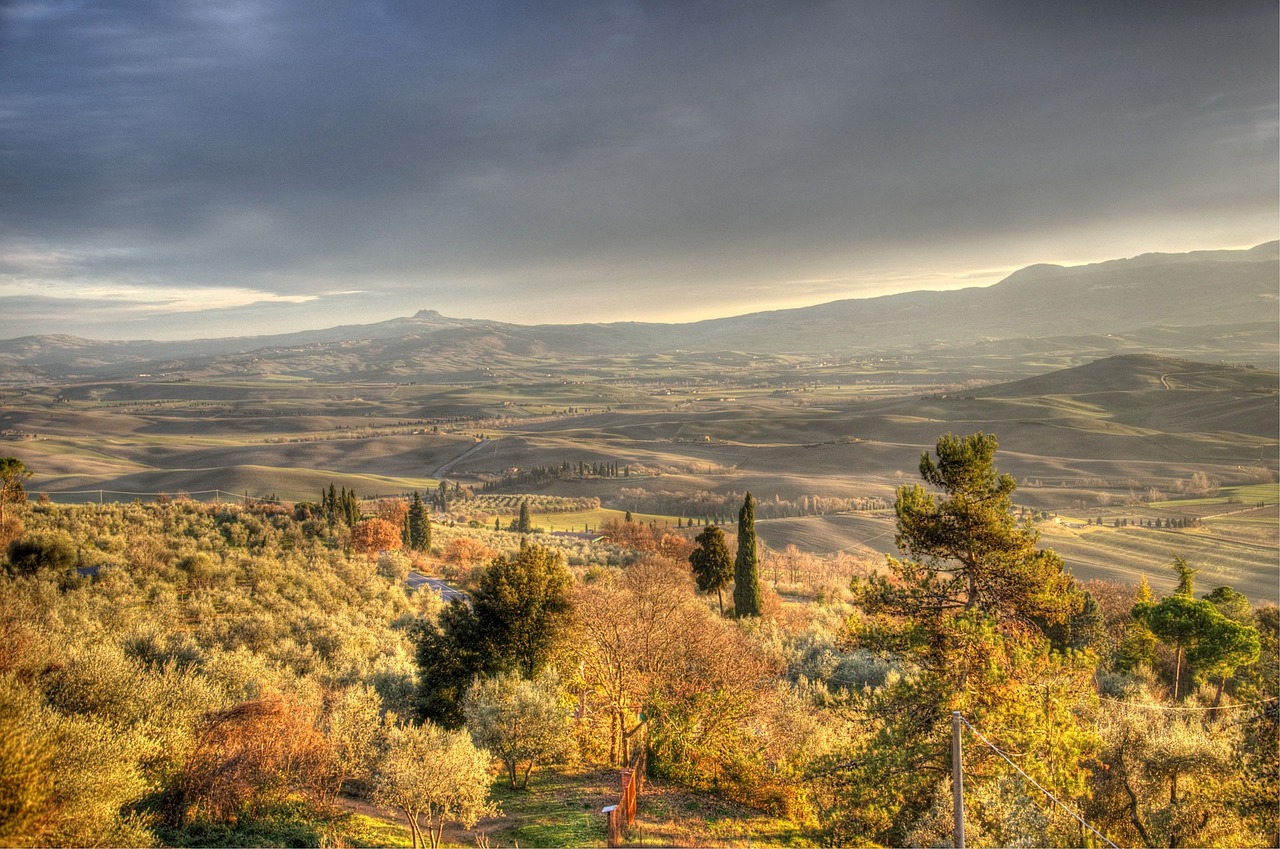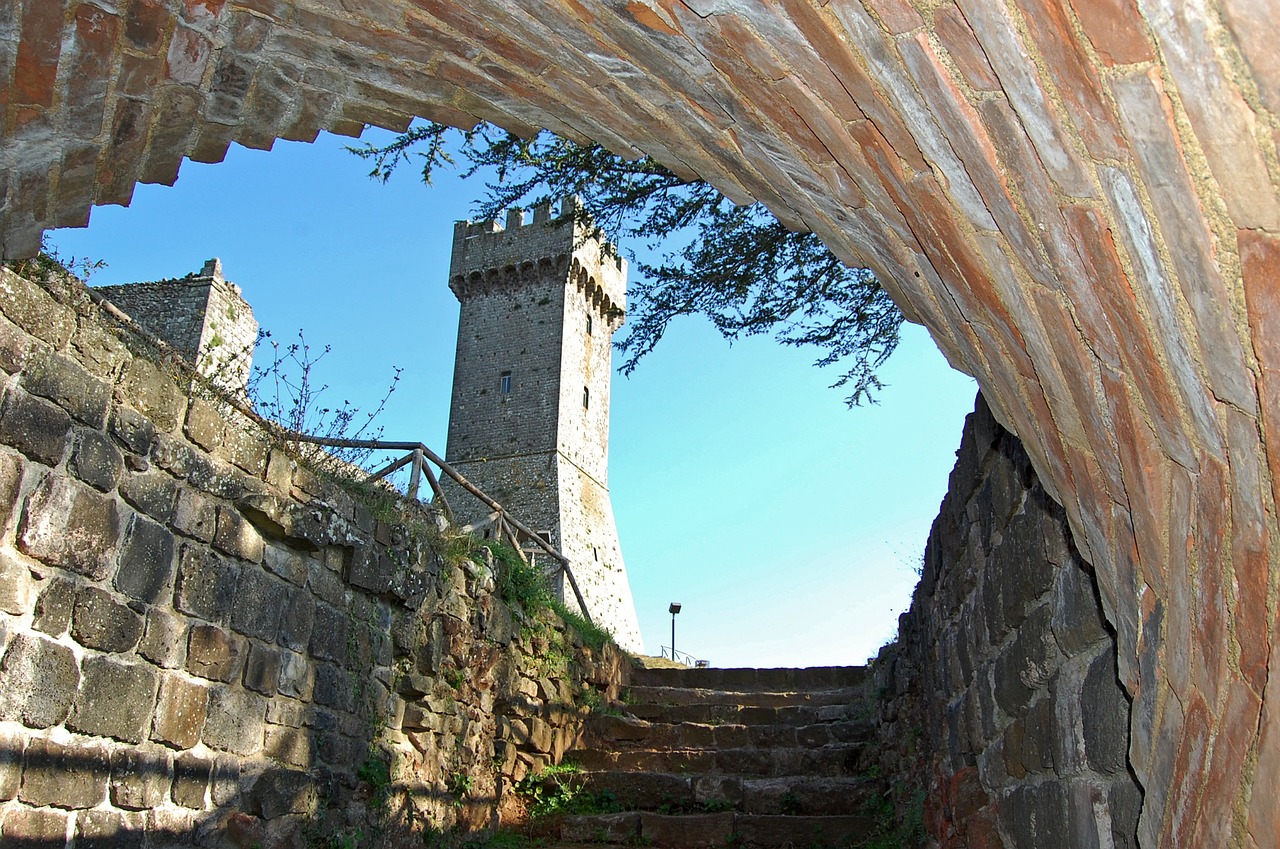If you want to visit one of the most spectacular Tuscan fortresses, you must go to the southern borders of the Val d'Orcia. Following the Via Francigena you will arrive in Radicofani, where you will be able to see the imposing Rocca, which dominates the village and the valley, already from tens of kilometers.

The fortress of Radicofani
A majestic fortress built around the year 1000 to control the borders between the Grand Duchy of Tuscany and the Papal State. From the top of the tower (you will be at about 1000 meters above sea level) you can enjoy a breathtaking view over the whole Val d'Orcia, Monte Amiata and even over the Trasimeno and Bolsena lakes.
The history of the Radicofani Fortress is intertwined with that of the gentleman brigand, Ghino di Tacco, the Tuscan Robin Hood. Born in the second half of the 13th century, the young man grew up in a family of robbers. His father and uncle, in fact, were tortured and executed in Piazza del Campo in Siena when Ghino was just a boy. Having escaped condemnation due to his young age, the brigand disappeared from the scene for a few years, to then resume the family business. After being banned from the territory of the Municipality of Siena for having illegally taken possession of a stronghold, Ghino decided to occupy it, the much coveted Rocca di Radicofani. At the time, in fact, the fortress was in Sienese territory, but practically on the border with the Papal State. After conquering it, Ghino settled in the castle and used it as his hideout. The raids of the skilled brigand continued from the top of the Rocca. Ghino di Tacco, in fact, lay in wait and ambushed anyone who passed along the Via Francigena, inquiring about their goods and possessions. At that point, he offered the unfortunates a banquet and robbed them, leaving them the essentials to survive and get to Rome. This mocking fate, however, did not happen to everyone, but only to the rich. The poor and the students – often synonymous – could continue freely. For this reason, Ghino di Tacco was nicknamed the "gentleman thief", a sort of Tuscan Robin Hood, even becoming the protagonist of some literary novels where he was depicted almost as a hero.
The most famous is undoubtedly the story told in Boccaccio's Decameron. The Abbot of Cluny, returning from Rome, decided to stop at the thermal baths of San Casciano dei Bagni, to cure his chronic stomach pain. Ghino, after learning of the riches of the clergyman, decided to kidnap him without harming him. He locked him up in the tower and fed him only with bread, broad beans and Vernaccia di San Gimignano, a typical white wine of the area. This forced iron regimen healed the stomach of the abbot, who even asked Pope Boniface VIII to forgive the gentleman brigand for the murder of the judge.
Boccaccio was not the only illustrious figure to mention him in his works. Dante, as a good Guelph, inserted the Ghibelline Ghino di Tacco into Purgatory, highlighting the "proudness" of the brigand, a quality that can have negative meanings - ferocity, cruelty - or positive if referring to courage. Despite the different political inclination, however, Dante does not condemn him directly as he did with other less sympathetic characters - see Pope Boniface VIII who ended up in Hell. Benvenuto da Imola, on the other hand, describes him as an "admirable, great, vigorous man". In short, an anti-hero in all respects.

